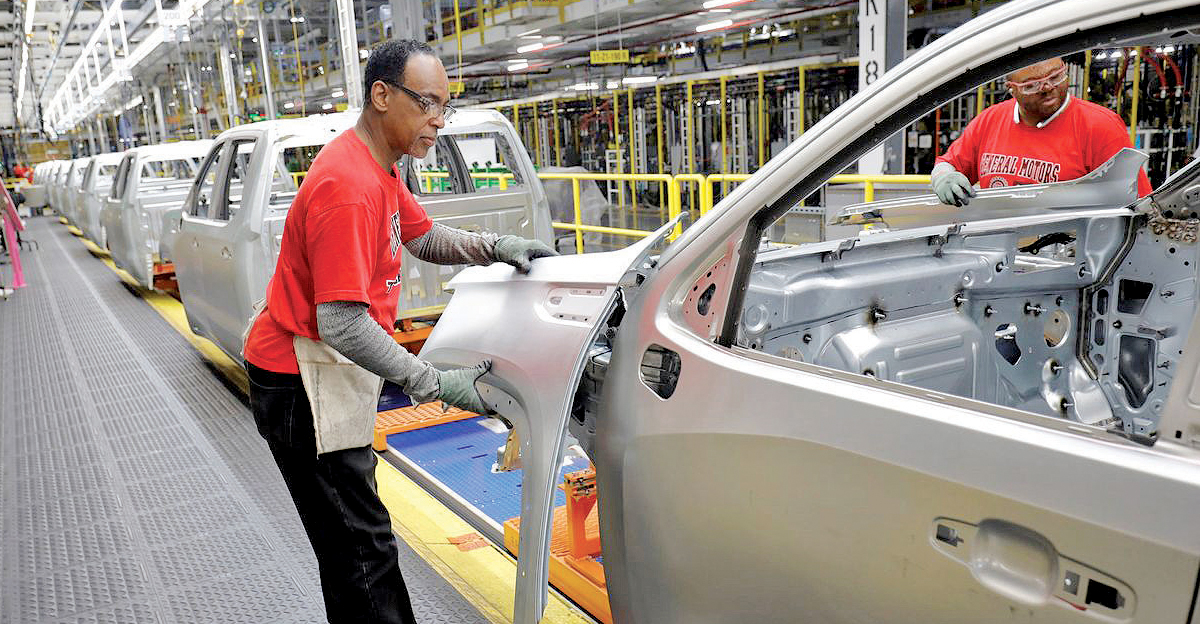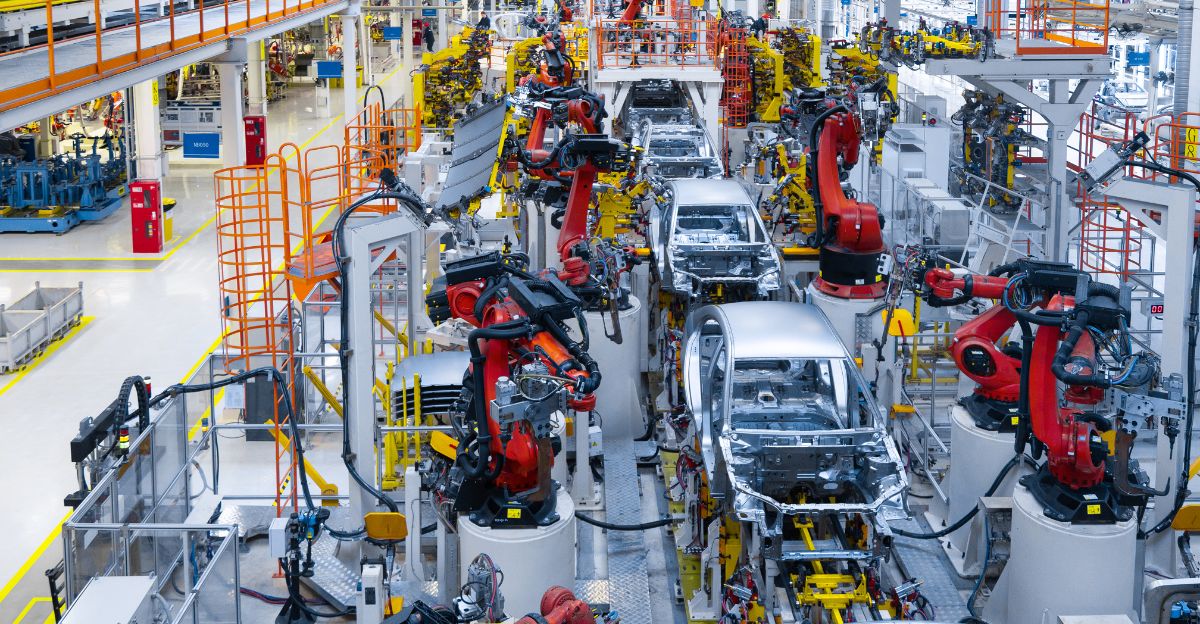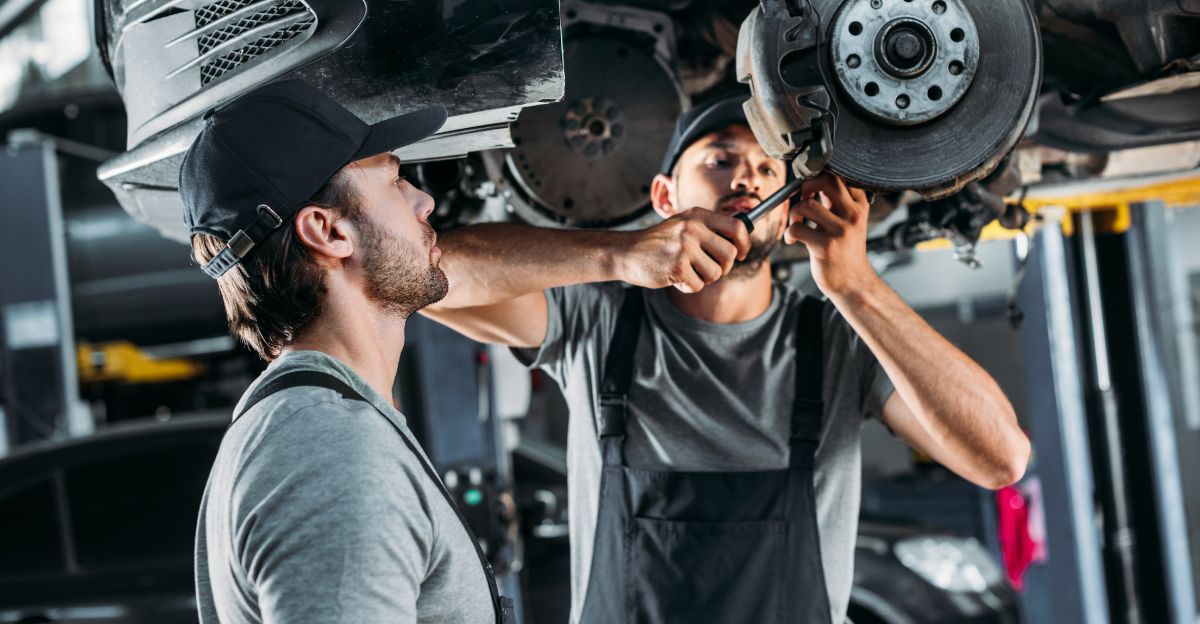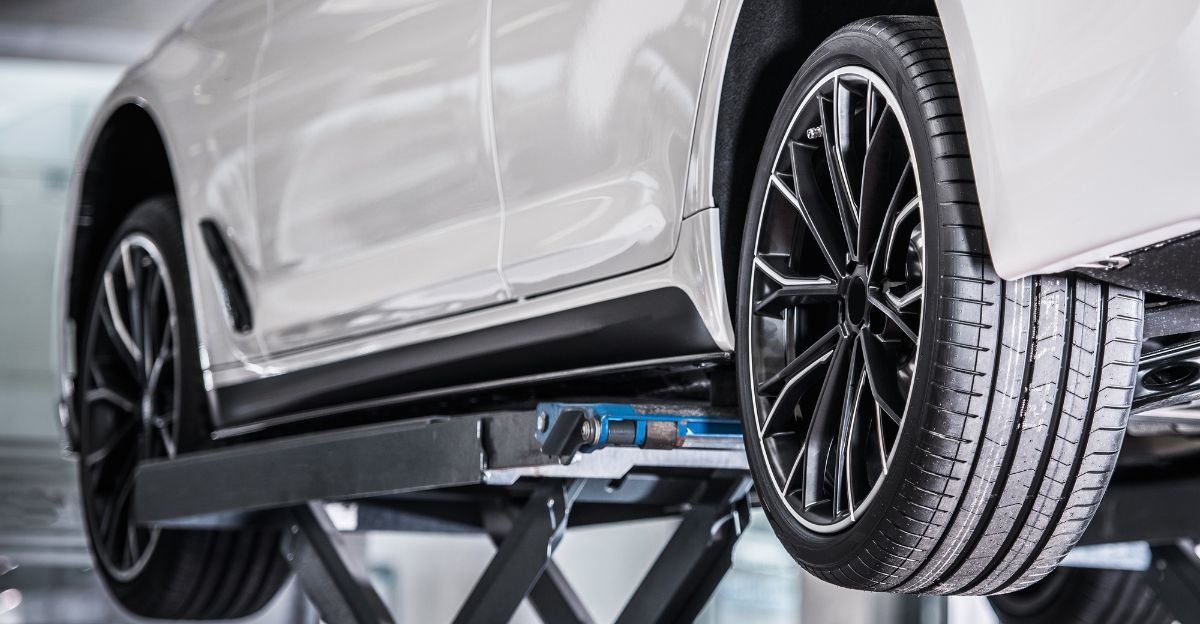
A major shock has hit the American auto industry. One of the country’s largest and most influential auto giants has filed for bankruptcy, catching workers, suppliers, and experts off guard. This comes after a series of steep new tariffs that have disrupted the cost and flow of car manufacturing and parts supply, putting even top companies at risk.
With layoffs likely to happen and analysts scrambling to assess the fallout, the industry is facing a pivotal moment. Who will be next? How bad will it get? And what does this mean for the future of American-made cars?
A Nationwide Impact

This bankruptcy isn’t just a corporate problem; it’s a nationwide shock. Layoffs and shutdowns are likely.
Longtime suppliers and dealerships across America are preparing for the impact, and thousands of jobs are now in limbo. This situation poses a threat not only to the auto sector but also to the broader U.S. economy, raising concerns about potential ripple effects on connected businesses and communities.
A Storied Legacy at Risk

This isn’t just any company. For decades, it has provided essential parts and technology to major car brands and supported millions of vehicles on the road.
The company’s factories and innovations have fueled economic growth while also supporting entire communities. However, the company’s legacy is now at risk as trade conflicts and economic changes threaten to undo years of progress. This could leave a lasting scar on the nation’s automotive history.
How Tariffs Tipped the Scales

The company has survived many previous crises, but the new 25% tariffs on imported vehicles and parts have taken their toll. Costs have soared, profits have disappeared, and competition has intensified.
Executives blamed the tariffs for the company’s collapse, stating that its global supply model left it especially vulnerable. The final blow was sudden and devastating, and the company had very little time to adapt and recover. They decided to seek bankruptcy protection as a last resort.
The First Major Casualty

The company in question is Marelli, a global auto parts supplier to Stellantis, Nissan, and Tesla. Its bankruptcy is one of the first major losses under the new tariffs.
Marelli has filed for Chapter 11 bankruptcy in the U.S. and aims to restructure over $700 million in debt. To stay afloat during this difficult time, it relies on $1.1 billion in emergency funding to maintain its operations.
Regional Fallout

The company’s North American headquarters in Michigan is at the center of a massive network of plants and suppliers across the U.S. The bankruptcy is hitting the hardest in the Midwest and South, where auto industry jobs are crucial.
States like Michigan, Indiana, and Ohio could see layoffs and production slowdowns, while ripple effects could threaten dealers and service centers across America. Communities that rely on Marelli are now facing an uncertain future as the crisis ripples through the supply chain.
The Human Toll

The bankruptcy filing causes great anxiety and uncertainty for Marelli’s workers. Thousands of workers, including engineers, factory workers, and logistics staff, now face possible layoffs or even reduced hours.
Franchisees and small suppliers, who are already struggling with rising costs, are also preparing themselves for delayed payments and canceled contracts. The collapse of a major supplier can cause a chain reaction, which can put even more jobs and small businesses at risk as the crisis worsens.
Competitors and the New Landscape

With Marelli’s bankruptcy filing, many competitors are rushing to fill the gaps left by the company. American brands like Tesla and Rivian could benefit from reduced competition, while foreign companies face similar tariff pressures. While smaller suppliers might find new opportunities, many might not be able to expand fast enough to meet demand.
This disruption could speed up consolidation across the industry, pushing companies to rethink sourcing, logistics, and pricing as the U.S. auto market evolves.
Consumer Consequences

Marelli’s fall could result in higher prices and fewer options for thousands of drivers. The new tariffs have already increased car costs and parts costs, and shortages might worsen. Dealerships might face delays in new vehicle deliveries, and repair shops could have to wait longer for car parts.
With prices climbing, more consumers might delay purchases, which would put further strain on the auto industry. This could impact everything from car loans to insurance rates across America.
What’s Next for the Industry?

This situation is a wake-up call for the entire auto industry. With policymakers debating trade policies, many companies are struggling to adjust and are reshoring production, revising contracts, and exploring new markets. Now, everyone is wondering if Marelli is an isolated case or if it is just the first of many to fall.
The industry’s next moves will be super important and could potentially reshape the future of American manufacturing and the livelihoods of thousands of people for years to come.
Discover more trending stories and Follow us to keep inspiration flowing to your feed!

Craving more home and lifestyle inspiration? Hit Follow to keep the creativity flowing, and let us know your thoughts in the comments below!
